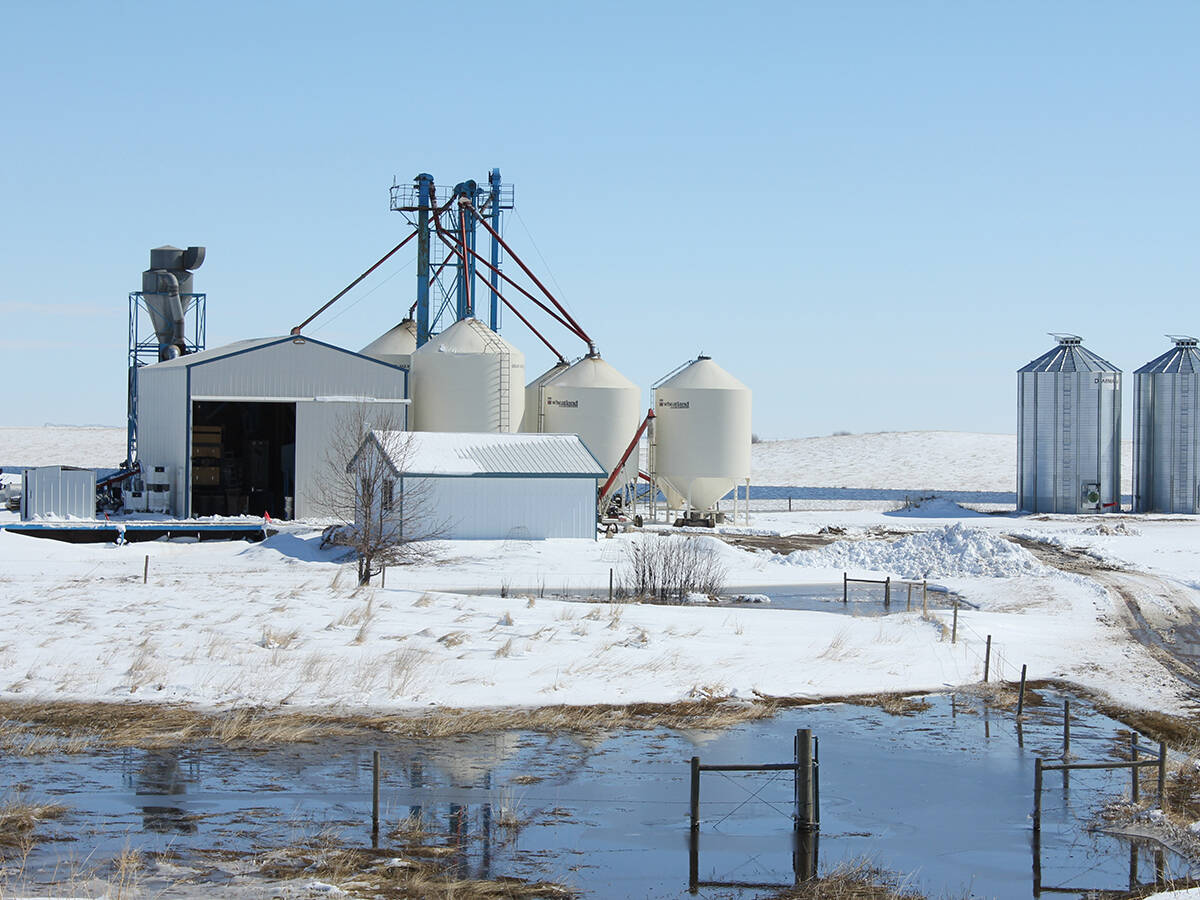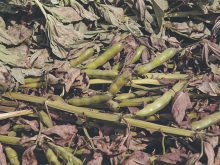Stephanie Plaster, a farm management outreach specialist with the University of Wisconsin-Madison’s division of extension, talks with many farmers who want to diversify their farms with a value-added enterprise.
Here is her advice on how to start a successful side business.
Visioning
Read Also

Know what costs are involved in keeping crops in the bin
When you’re looking at full bins and rising calf prices, the human reflex is to hold on and hope for more. That’s not a plan. It’s a bet. Storage has a price tag.
What are your values, vision and mission? This can be decided as an individual or at the farm and family level.
“It can be helpful to make sure everyone is aligned with what they actually want for themselves, their business, farm, family and their future,” says Plaster.
“That then helps them figure out what is going to help them achieve those things.”
Identify strengths and weaknesses
Again, do this for the individual and the business.
“I always encourage people to ask other people to provide feedback because other people — whether it’s business partners, family members, employees or friends — might be able to tell them what they excel at, or if they see their farm being a leader in something that maybe they didn’t recognize themselves,” says Plaster.
Look for opportunities
What opportunities exist, and what are the possible impacts on the farm if they are pursued?
“It all starts with figuring out what you are good at, what you are passionate about, what opportunities are around you, and then being able to identify and pull all those things together into something that you are going to enjoy doing, and that is not going to place an additional burden on either you or your resources,” says Plaster.
The Business Model Canvas
The Business Model Canvas is a tool used to move new venture ideas to an action plan.
“It’s essentially a one-page business plan, which becomes your elevator pitch,” she says.
“What’s important is answering those key questions so whether you are talking to your business partners, people you want to do business with, customers or lenders, you can clearly and succinctly communicate your business idea and be able to tell your story.”
The value proposition
Central to the BMC is your value proposition. What problem will your product or service solve, or what need will it meet? What is unique or different about it, and why would a customer choose to purchase it over something similar?
Key partners, activities and resources
The left side of the BMC has questions to help you identify key activities and resources — including people and skills — needed to deliver the value proposition.
Marketing
The right side of the BMC has questions to help you identify who your customers will be, what marketing channels you will use and how you will communicate with your customers.
Identify your customer
Think deeply about who your customers are and define them in as much detail as possible.
“If you can be very specific and understand the motivations of your customers, you can better market to them, and create a product that customers are willing to buy at a price that they are willing to pay,” suggests Plaster.
Setting prices
Know your exact cost of production for the product or service you want to offer. Do some market research into the prices of similar products from competitors.
Will you have different pricing levels for different markets, such as direct to consumer, discounts for grocery stores or distributors? Will you offer quantity discounts?
Marketing channel fit
The default market channel for many farmers launching a new product is the local farmers market, but does it fit your personality and resources?
“If that’s not for you, that’s OK, there are other options,” says Plaster.
“For example, grocery stores, corner stores or gas stations can be good places to get your product into, and for some people, being able to connect with one gas station manager will be more attainable than having 50 or 60 people coming to them within a one-hour period.”
Learning new skills
Generally, nobody has all the skills they need to run a successful business, especially when it’s a departure from the kind of business they are used to running.
Start by finding someone local to speak to. Potential sources for contacts include economic or business development offices, such as Community Futures organizations, chambers of commerce, government extension specialists and universities.
Communicate, connect and network
Talking to people is always your best resource, whether it’s to gain information about pricing or to identify potential customers and market segments.
“If you have some trusted people that you work with, have a conversation and ask them to refer you to resources or another person that might be able to help you. Networking connections can get you so much further than just going it alone,” says Plaster.
Attend conferences and trade shows
This is another great way to connect with people in the industry and build a network that can be useful to your business.
“When you go to a conference, have a goal to connect with three to five people that you will follow up with after.”















